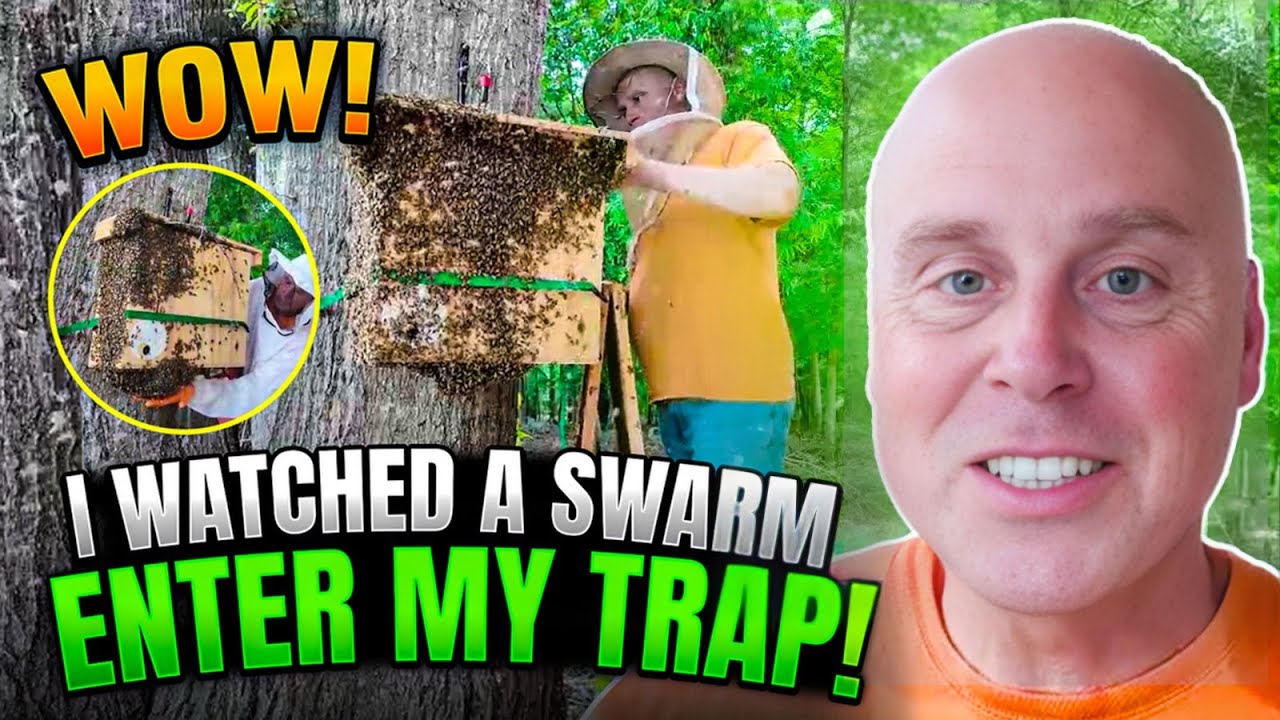Bee smokers are invaluable tools for beekeepers, providing a gentle way to calm honeybees during hive inspections and maintenance. By emitting cool smoke, smokers help mask alarm pheromones and encourage the bees to focus on consuming honey rather than becoming defensive.
In this blog post, we’ll walk you through the steps of lighting a bee smoker effectively to ensure a smooth and stress-free beekeeping experience.
Step 1: Gather Your Materials Before lighting your bee smoker, gather all the necessary materials:
- Bee smoker: Choose a high-quality, durable smoker with proper ventilation and a heat shield to protect your hands.
- Fuel: Commonly used fuels include pine needles, wood pellets, wood chips, or cotton burlap. Select a fuel that burns slowly and produces cool smoke.
- Lighter or matches: Ensure you have a reliable source of ignition.
Step 2: Prepare the Smoker Start by ensuring your smoker is clean and free from any debris or ash left from previous use. Cleaning the smoker before each use helps maintain good airflow and prevents unwanted odors. Remove the smoker’s lid and set it aside.
Step 3: Add Fuel to the Smoker Fill the smoker chamber with your chosen fuel material. Avoid overpacking the chamber, as it may restrict airflow. Leave enough space for air circulation, allowing the fuel to burn effectively. You can lightly compress the fuel to create a small pocket of air at the bottom for optimal airflow.
Step 4: Ignite the Fuel Use your lighter or matches to ignite the fuel at the bottom of the smoker. Insert the flame through the smoker’s nozzle, gently puffing air to encourage the flames to spread evenly throughout the fuel. Be cautious not to burn yourself during this process.
Step 5: Let the Fuel Ignite Allow the fuel to ignite fully, forming a bed of hot coals at the bottom of the smoker chamber. This ensures a continuous source of smoke throughout your hive inspection. If needed, gently puff air into the smoker to help the fuel burn evenly.
Step 6: Add More Fuel if Necessary Once the initial fuel has ignited, you can add additional fuel on top of the burning bed of coals. This maintains a steady supply of smoke during your beekeeping session. Add small amounts of fuel at regular intervals to sustain the smoke without smothering the fire.
Step 7: Monitor and Adjust Keep an eye on your smoker throughout the beekeeping session. If the smoke begins to weaken or the flame goes out, gently puff into the smoker to revive the fire. Adjust the smoker’s lid and nozzle to control the smoke output. A well-functioning smoker should emit cool, steady smoke when you squeeze the bellows.
Step 8: Practice Safety Precautions Always prioritize safety when working with a bee smoker. Ensure that the smoker is placed on a non-flammable surface, away from any combustible materials. Use protective gloves to handle the smoker and be cautious of hot surfaces during use.
Conclusion: Mastering the art of lighting a bee smoker is an essential skill for beekeepers. By following these step-by-step instructions and practicing with patience, you’ll be able to create a consistent and calming stream of smoke to help manage your honeybees during hive inspections. Remember, a well-maintained smoker and gentle smoke application will make your beekeeping experiences more enjoyable and successful. Happy beekeeping!




